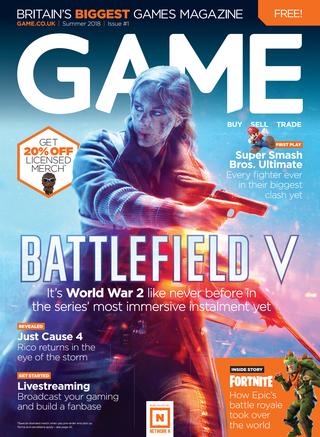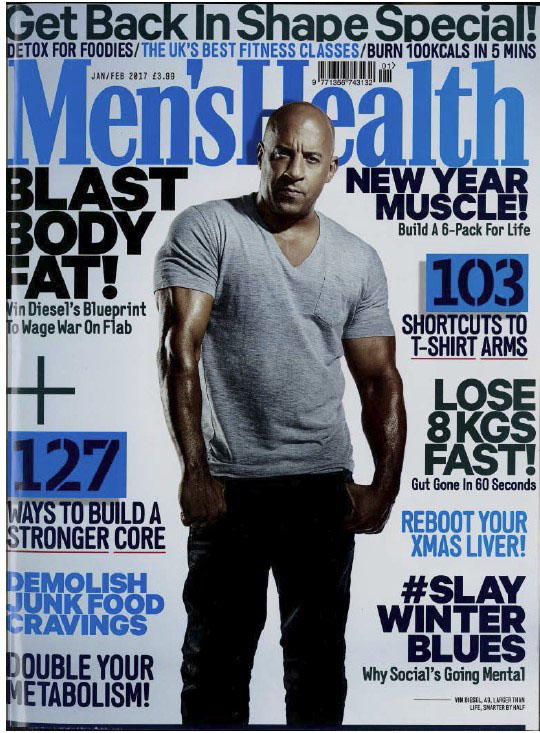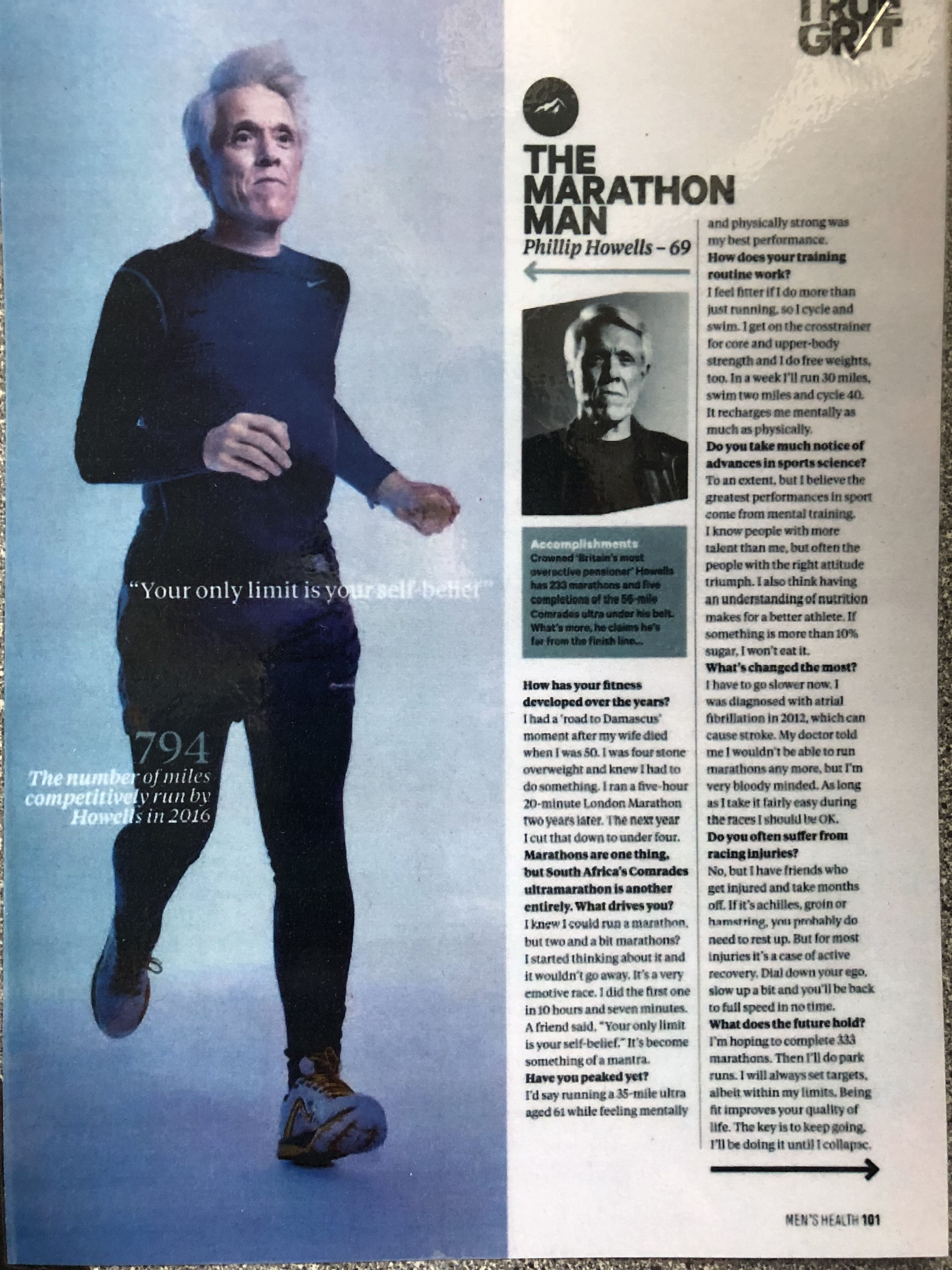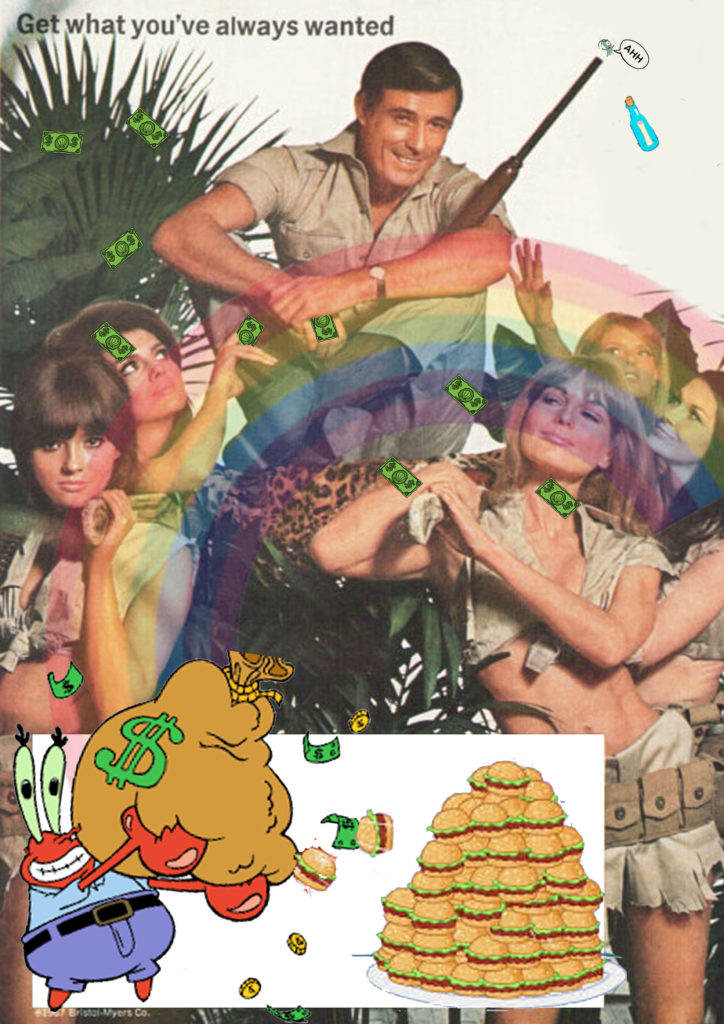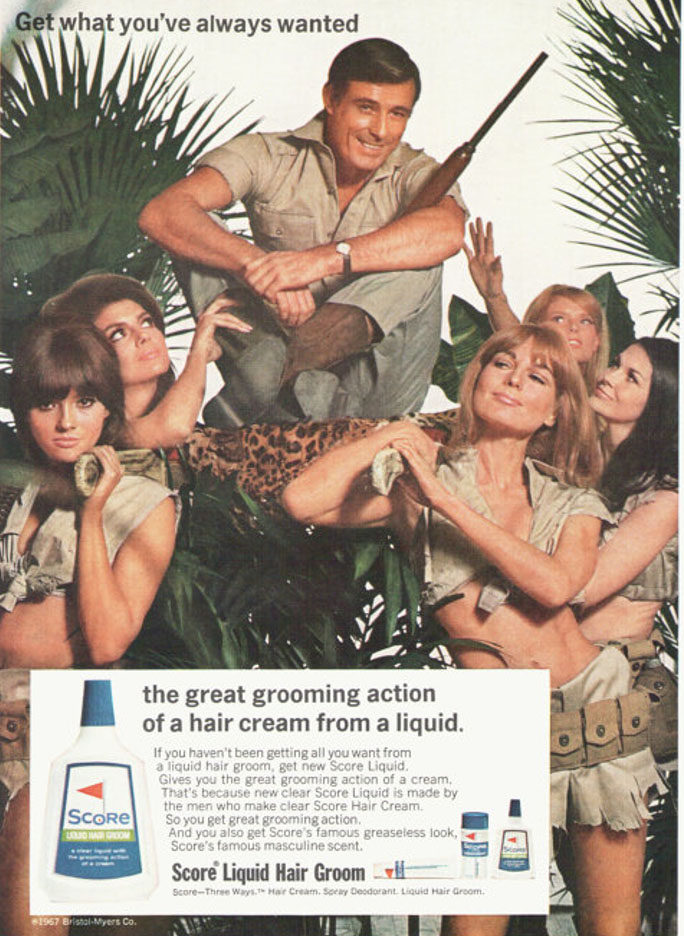THE KILLING
OWNERSHIP
- Danish
- Speak swedish
- Created by Søren Sveistrup
- Produced by DR (Dutch) and ZDF Enterprises (German)
- DR = CEO Maria Rorbye Ronn, Public service radio and television broadcasting, founded 1925 Denmark
- ZDF Enterprises = German, founded 1993, child company to ZDF (independent non profit, public service broadcaster), THOMAS BELLUT (general director)
- First American
- APPEALS TO INTERNATIONAL AUDIENCE
- Who is the primary, secondary and tertiary audience for this product?
- What audience theories can you apply to which help you to develop a better understanding of the potential target audience?
- What organisations (rather than individuals) are involved in the production, distribution & exhibition of this product?
- DISTRIBUTED on Amazon Prime
- Female protagonist – radical
- Crime drama – stephe neale genre theory – repertoire of elements (repeated features, specific to crime drama so it’s recognisable to the audience)
- Narratology – TODOROV – beginning, middle, end, equilibrium then balances out again at the end, can happen more than once, has to be resolved to end a story
- Feminist critical thinking BELL HOOKS, VAN ZOONEN
- Audience theory – Hall – theory of preferred reading
Primary audience – Directly receive communication (Viewers of the TV show), crime drama show lovers aged 16 upwards, swedish people
Secondary audience – Indirectly receive communication (People who analyse it, critics), netflix watchers
Tertiary audience – People are familiar with someone conveying the communication, focus group (friends / family of the producers / actors)
Audience theories: Reception theory / preferred reading
Organisations involved :
Production – Søren Sveistrup (screenwrite) (has also been remade by Turkish and US TV (AMC)
Distribution – (How it’s shown to an audience) , Amazon, BBC4 and Netflix
Exhibition – TV show, moving image
NO OFFENCE
OWNERSHIP
- Anna Ferguson Simon Meyers Philip Leach
- m=Manchester
- Mainstream TV series using code and conventions of the police crime drama intertwined with aspects of social realism
- THEORY OF GRATIFICATION
- TODOROV
- STEPHE NEALE GENRE THEORY – hybrid – combination of more than one genre to create one sub genre (drama, social realism, crime)
- Negtative and positive representation of stereotypes (female police)
- RADICAL – dominance of female characters (counter-type)
- REPRESENTATION THEORIES – HALL
- Streamed on Channel4, All4 and in France – public service broadcasting DISTRIBUTION
- PRODUCTION
- Audience positioning
- Niche audience

